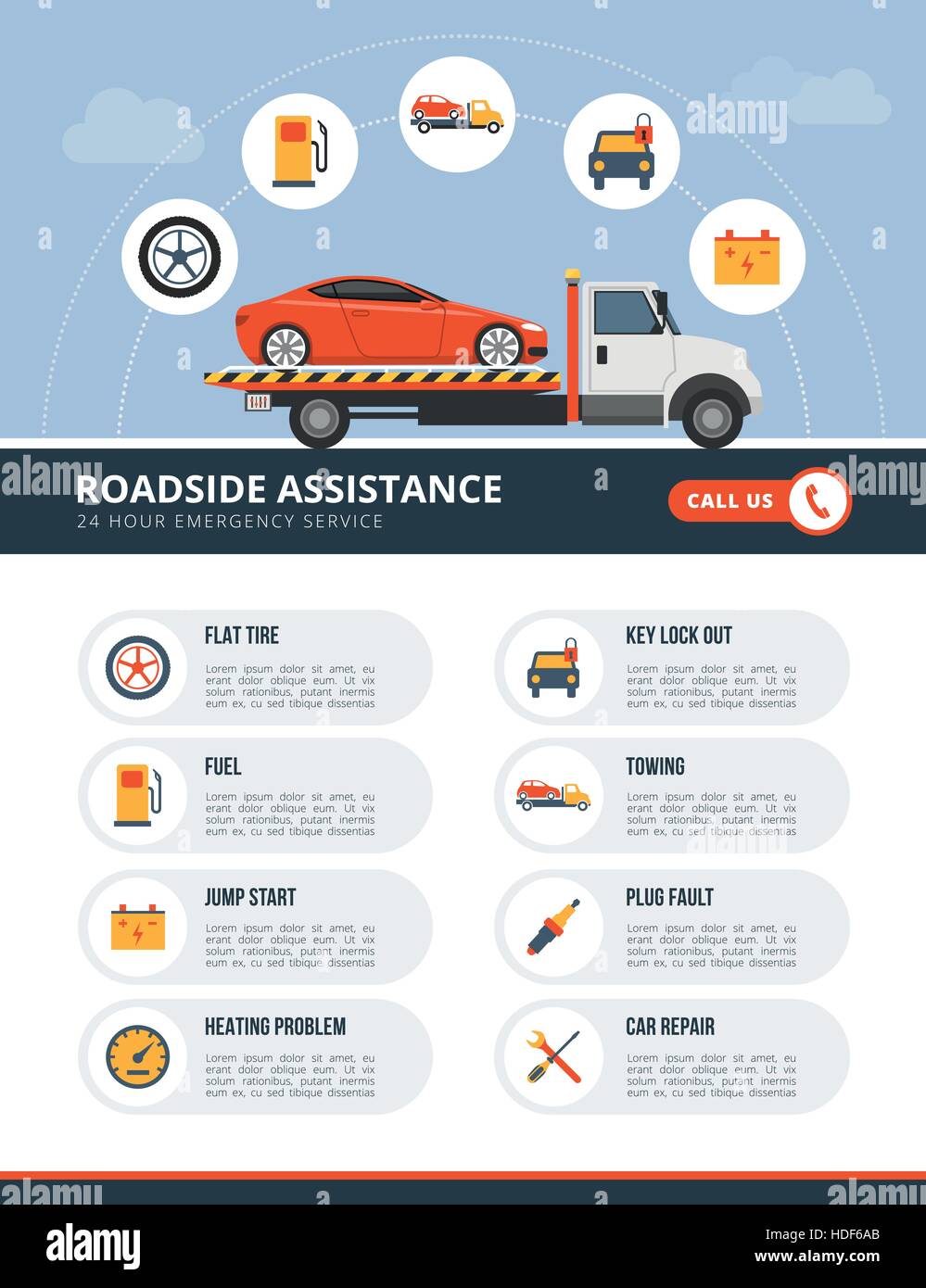Want To Learn More Concerning The Caution Lights On Your Dashboard? Discover What They Show Concerning Your Car'S Health And Safety
Want To Learn More Concerning The Caution Lights On Your Dashboard? Discover What They Show Concerning Your Car'S Health And Safety
Blog Article
Web Content Composed By-Boye Kejser
When you're behind the wheel, those glowing warning lights on your control panel can be a bit bewildering. Do you recognize what they're trying to tell you regarding your vehicle's wellness? Understanding the significance of these lights is essential for your safety and the durability of your vehicle. So, the next time one of those lights turns up, would not you intend to decipher its message properly and take the essential steps to address it?
Common Warning Lighting and Interpretations
Determine typical warning lights in your auto and recognize their definitions to guarantee safe driving.
The most regular caution lights include the check engine light, which signifies problems with the engine or exhausts system. If this light begins, it's essential to have your lorry inspected without delay.
The oil stress cautioning light suggests reduced oil pressure, calling for immediate focus to prevent engine damages.
A blinking battery light could recommend a defective billing system, potentially leaving you stranded otherwise addressed.
The tire stress monitoring system (TPMS) light signals you to low tire pressure, influencing lorry security and gas effectiveness. Overlooking view it now could bring about unsafe driving problems.
The abdominal muscle light indicates a trouble with the anti-lock braking system, compromising your capability to stop swiftly in emergencies.
Last but not least, the coolant temperature cautioning light warns of engine overheating, which can result in serious damages otherwise resolved swiftly.
Comprehending these usual caution lights will assist you deal with issues without delay and maintain safe driving conditions.
Relevance of Prompt Interest
Comprehending the typical warning lights in your car is only the initial step; the significance of without delay attending to these warnings can't be emphasized sufficient to guarantee your safety and security when traveling.
When a caution light illuminates on your control panel, it's your automobile's way of interacting a prospective problem that requires attention. Ignoring these cautions can result in much more extreme issues down the road, compromising your safety and security and possibly costing you more out of commission.
https://ecu-tuning-shops-near-me06172.livebloggs.com/38418375/just-how-can-mobile-car-detailing-transform-your-car-treatment-experience-while-making-sure-quality-discover-the-crucial-aspects-to-take-into-consideration-before-choosing-a-detailer to cautioning lights can stop break downs and crashes. As an example, a blinking check engine light could show a misfire that, if left unattended, can trigger damages to the catalytic converter. Addressing this immediately can save you from a pricey repair service.
Likewise, a brake system advising light could indicate low brake liquid or worn brake pads, crucial components for your safety when driving.
DIY Troubleshooting Tips
If you see a caution light on your control panel, there are a couple of DIY troubleshooting ideas you can attempt prior to seeking expert help.
The initial step is to consult your automobile's manual to comprehend what the details warning light suggests. Often the issue can be as straightforward as a loose gas cap activating the check engine light. Tightening the gas cap might resolve the trouble.
Visit Home Page is a reduced battery, which can activate numerous cautioning lights. Examining the battery links for corrosion and guaranteeing they're safe may fix the trouble.
If a caution light persists, you can try resetting it by separating the automobile's battery for a few minutes and after that reconnecting it. Additionally, examining your automobile's fluid degrees, such as oil, coolant, and brake fluid, can help fix advising lights associated with these systems.
Conclusion
Finally, comprehending your automobile's caution lights is vital for maintaining your automobile running efficiently and securely. By immediately addressing these informs and knowing what they mean, you can avoid costly repairs and prospective break downs.
Remember to consult your cars and truck's handbook for specific details on each cautioning light and act appropriately to make sure a hassle-free driving experience.
Keep informed, remain cargroomernearme on the road!
